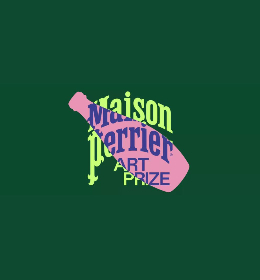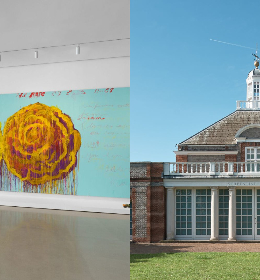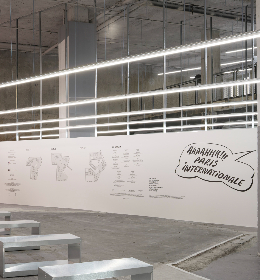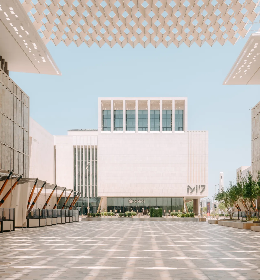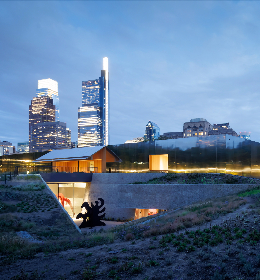Not the beginning of a bad joke, but an innovative trio who last year threw themselves into a new venture that would allow them to bring together art, design and architecture in an eighteenth-century space in central Moscow. Fābula now represents artists born between 1943 and 1986, working with painting, video or photography, and partnered with designers.
Whilst the Russian art market is somewhat in the shadows at the minute, Fabula co-founder Elena Fadeeva sheds some light...
When you launch a gallery, how do you decide the kind of artist you want to promote?
It is a very complicated question, and philosophical as well. One can take multiple approaches to this choice, and be directed with the reasons which he or she finds the most significant: they can be the ones that the market dictates, or the need to promote and support particular artists, or to grow and highlight a particular collection.

© Maria Kolosovskaya
I personally can't show, collect or sell art that I don't believe in, which some can find an economically very unfortunate trait. So with artists, I adopt an intuitive approach and completely rely on my personal taste and judgement. Alina Chichikova, my partner and co-founder of the gallery, and I have a very sharp image of how our programme should look. We of course have our sympathies towards abstract and naive art, however we have a great variety of media that the artists we represent work with. So, it all starts with a spark, an instant feeling that we and the artist feel and think about the same things in the same way – because, fundamentally, art is a manifestation of how one sees the world.
Can mixing the domains of architecture, design and art be a good way to attract a new kind of collector?
For me, really, it is all one. Having had architectural education, I can appreciate space and rhythm in architecture and urban planning in the same way as I appreciate the shape in sculpture or rhythm in painting. And I believe this is how most people perceive it, essentially. So there wasn't any artificial move from our side to mix the media or domains in our programme.
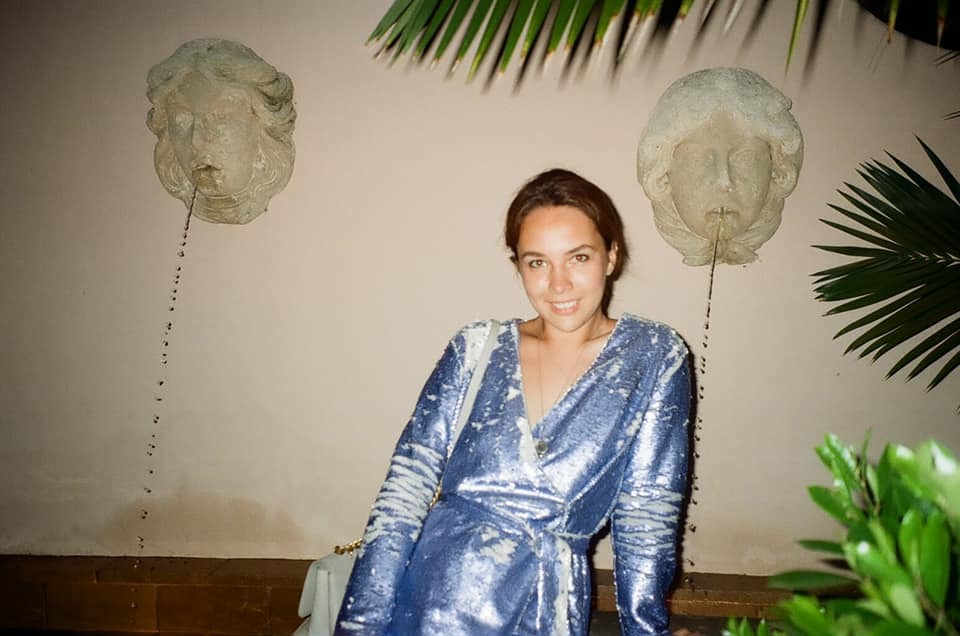
Lena Fadèeva
We have a special programme of collaborations between our gallery and artists: twice a year we produce a series of collectable objects using traditional and contemporary Russian manufacturing techniques. For instance, the collaboration we are working on now is a collection of furniture, made of glazed terracotta, dedicated to the two Slavonic folk fairytale birds – Sirin and Alkonost. We have the prototypes now and are planning to show them this spring in Brussels.
There is certainly a need and a niche in the market in Moscow for collectible design, so it takes a very important place in our collection. But we don't want to focus on dividing the things we exhibit into these genres or groups, because sometimes, let's say, an artist makes a sculpture and then a chair to sit on, and they differ only with the fact that one can possibly be considered more functional. For us it is all about the dialogue, we want to create and live in spaces where each object has character, tells some sort of a story and brings something of the life of its owner.
A few new galleries decide not to have a physical space, or not to participate in fairs — was this also an option for you?
We are actually quite traditional in that sense. We have been incredibly lucky in finding our space – it appeared just after a few weeks of research, a perfect little annexe of a historic 18th century Moscow mansion. I think, in the very beginning when you are just launching a gallery, it is necessary to have a space, as it makes it easier to organise all the processes and ideas, polish everything. Nevertheless, in our contemporary reality online presence and presence at various international projects are matters of great importance too. It is important to have a permanent space, but it is also very exciting to have pop-up interventions in different spaces, which can be done through art fairs, biennales and festivals. For instance the last project, "GARDEN", which we presented in Turin for The Others art fair, was in a former military hospital which A. Riberi built in the beginning of the 20th century, so you can probably imagine how exciting the space was.

Art Market Budapest
Could you describe in a few lines the current state of the Russian art market?
I would say the Russian art market at the moment is at a stage of slow growth. It had its peak in the beginning of the 2000s, when everything was selling so quickly and easily that it seemed unreal. Russian art was trending at the main auctions in Europe and the US, there was a very sharp interest to all-things-Russian after the vacuum of Soviet times. Since then, things slowed down dramatically of course, but I see it as a natural flow of things. Many projects, which were lacking quality in their programme and curatorial approach ceased to exist, as the artificial bubble of interest toward the content they were providing popped. However, that created a cleaner and more professional market. A new generation of well-travelled and well-educated collectors and professionals are appearing on the scene. So modern and contemporary Russian art can't exist anymore as an exotic novelty, but it certainly is a great impulse for growth and development.

© Fābula Gallery





